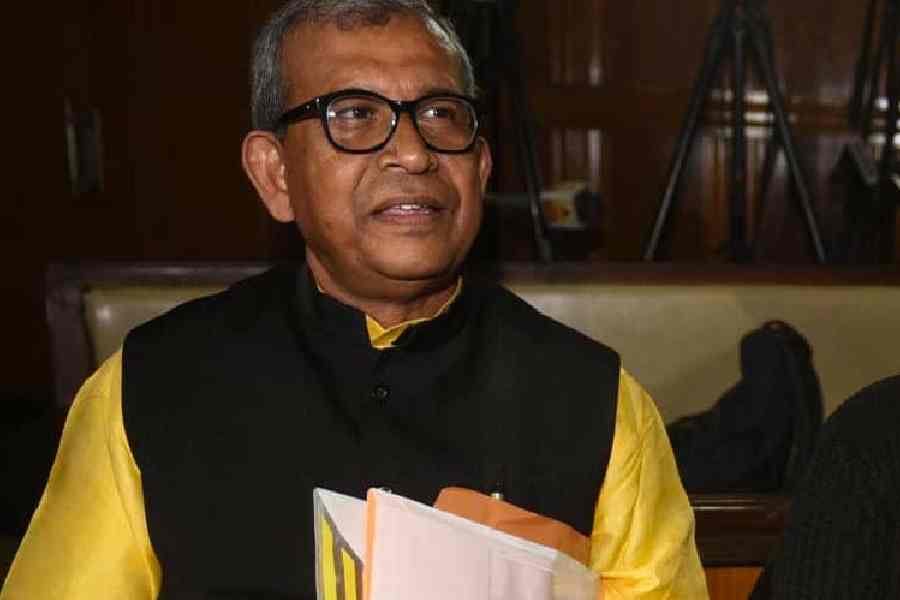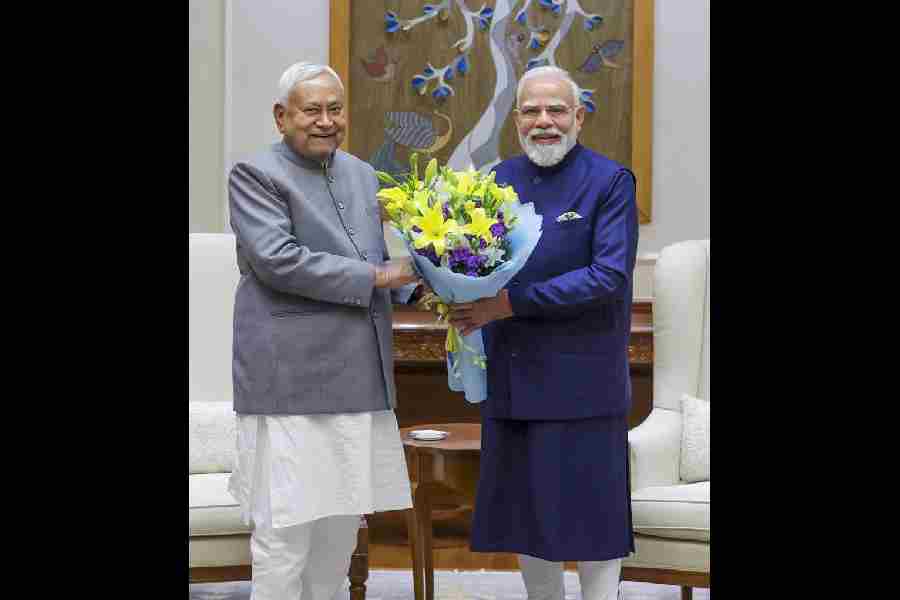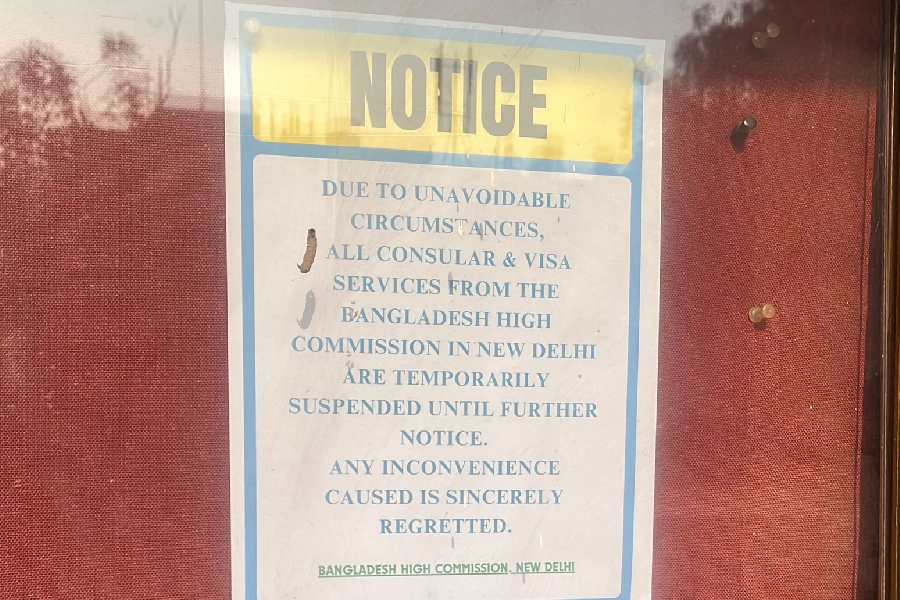 |
Did someone say that the Bengali television market was saturated? That viewership was down, there were too many channels and audiences would rather tune into Star Plus, Sony or CNBC anyway? Well, don?t look now, but you?ll probably catch that person eating humble pie. For with several media heavyweights now gearing up to make a splash, Bengali TV airwaves are set to witness a slugfest that should keep audiences glued to their sofas over the next few months.
In a market already buzzing with five satellite ? ETV Bangla, Akash Bangla, Alpha Bangla, DD Bangla and the now phased-out Tara Bangla ? and numerous cable channels, this year has already seen plenty of action and lots more is lined up in the near future. Things got off to a blistering start February end when Rathikant Basu?s Broadcast Worldwide launched its two new channels ? Tara Newz and Tara Muzik. Three weeks into the launch, Amit Chakraborty, executive vice-president, Broadcast Worldwide, says it?s early days yet, but is hopeful of good times ahead. Tara has had its ups and downs in recent times and has had to phase out Tara Bangla, its general entertainment channel in the face of stiff competition from existing players, but Chakraborty is now banking on specialisation being the key to making it big.
?There?s plenty of demand out there, as long as you choose your audience right from the outset,? says Chakraborty. ?Earlier, we all thought that general entertainment channels would make people happy. Now across the world, specialisation is the new buzzword, be it lifestyle channels like Zoom, business channels like CNBC and Profit or even the matrimonial and religious channels abroad.?
 |
Tara has beefed up its team for the new launch. It now has 200 people, up from the earlier 160, and about 25 to 30 stringers. There?s also a full-fledged bureau in Siliguri and a bigger one in Bangladesh, another of their key markets. It has also tied up with NDTV and India TV, though currently only about 30 per cent of Tara Newz?s total news content is devoted to national and international news, with the rest comprising local and regional news including news from Bangladesh.
Next on air will be the Bengali news channel from Media Content and Communication Services India (MCCS). This joint venture between ABP TV and the Star Group will be using its national and regional muscle to outdistance its competitors. The USP of this channel, slated to be launched soon, will be ?news and information that is national and international in character?, says executive producer Suman Chattopadhyay.
Says Chattopadhyay, ?With two mega-brands behind us, we are extremely conscious of our equity in the market and will do nothing to compromise it. The first-mover advantage may not have gone to us, but our goal is to be Number 1.?
Thus, the agenda is simple: to get the basics absolutely right. In keeping with this, the channel, with its current staff of 60, with back-up from existing Star bureaus across India plans to knock out rivals with both speed and depth. The ABP group has correspondents all over the state and region. And most Star bureaus have at least one Bengali speaker and the channel will use them for coverage outside the state. Of course, they will be having their own television reporters in key areas.
Even as the ABP-Star channel gears up for battle, Southern media giant Sun Network is planning a trek north of the Vindhyas. Promoter Kalanidhi Maran has signed a $25 million joint venture agreement with Malaysia?s Astro All Asia Network, under which the Malaysian company will make programmes and distribute them globally for the Sun group. Under this agreement, a Bengali channel called ? what else, but Surjo ? is on the cards, for which Astro will be producing general entertainment programming while Sun will take care of the news. R.M. Ramesh, vice-president, administration, Sun Network, is reluctant to divulge more. ?It?s still in the planning stages,? is all he will say on the topic, though sources say that the channel?s entry is not very far away.
Also looking at launching a Bengali news channel in 2005 is Subroto Roy?s Sahara Samay, which has received a boost from the success of its regional channels in Uttar Pradesh and Madhya Pradesh. Having given established names like Aaj Tak and NDTV India a good run for their money in those regions, the channel is now looking to launch eight city-specific channels. Bengal, of course, will feature on the menu, along with places like Bihar and Jharkhand.
With everyone from Broadcast Worldwide to ABP-Star and Sahara getting into the news act, the writing on the wall is clear: news and current affairs are what the big players are targeting for growth. And why not? According to the National Readership Survey 2002, there are over 1.2 million cable and satellite households in Calcutta alone with an additional 450,000 in parts of West Bengal with a population of over 1 lakh. Throw in ad spends running into crores and a TAM survey finding that 33 per cent of the West Bengal audience prefers their home-grown Bangla fare and what do you get? A tussle for the biggest share of the television pie.
In addition, according to TAM media research, says Siddharth Mukherjee, head, corporate communications, close to 46 per cent of the city?s viewership comes from the 35-plus age group with a male audience that accounts for 44 per cent of the total viewership. That?s the key target clientele for most news channels. Backing this up is other data pointing to current events programmes hitting it big with the average Bengali.
It?s hardly surprising then that even existing channels are devoting a sizeable chunk of their daily programming to news. While market leader ETV dedicates 20 per cent of its total programming to news, even channels like Alpha and Akash Bangla have a sizeable time slot devoted to news daily.
Also, Chakraborty insists that soaps are more expensive to produce than news ? though most people in the industry say it?s the other way round. Says Chakraborty, ?Each episode (of a soap) would cost about Rs 50,000 to produce and at the end, you never knew just what would click with the audience. With that money, we can easily produce about five to six episodes of non-fiction programming,? he adds.
 |
What?s more, Chakraborty is confident of running both the channels at about Rs 20 crore, fractionally more than the cost of running Tara Bangla alone. The aim: to garner a TRP of 1, a figure which may not sound very ambitious, but which is higher than what any national news channel gets in Bengal. And depending on just how Tara Newz and Tara Muzik take off, another channel devoted to movies and entertainment may be in the offing.
So, is the Bengali regional market really big enough to sustain the onslaught of all these new channels? The media companies certainly seem to think so. While people like Suman Chattopadhyay say it?ll be the survival of the fittest, they also say competition will ensure better quality, In fact, Chakraborty feels that reaching out to Bengali-speaking audiences across the world is the best way to succeed. After all, Bengali is the one of the most spoken languages in the world with over 200 to 250 million people speaking it. So, Tara which is already available in Bangladesh, the Middle-East, USA and Europe says a substantial part of their revenues is received from these areas. After testing the waters in India, the ABP-Star combine is also keen on distributing its channel in the North American and European markets.
The resurgence of the West Bengal economy is also adding to the optimism of these channels. Media-watchers say that 2004 has been a milestone year, not only for the media industry, but also in respect of the changes in the region?s overall economic outlook. As new brands and companies set up operations in Calcutta and its hinterland, new shopping malls opened their doors and the purchasing power of the common man increased, all this contributed towards the growth of the TV business.
Also, the content and standard of production underwent a sea change, which placed Bengali channels at par with any national level TV player ? a fact while probably explains the number of advertisers queuing up to get a piece of the action. Advertising rates have also been dropping steeply ? from Rs 12,000 for a 10 second spot during the golden days of Doordarshan to anything between Rs 400 to Rs 6,000 per 10 seconds presently ? but the volume has increased manifold, says Kalyan Sarkar, owner of Standard Publicity, a well-known advertising company. And from national players to local advertising by way of retail clients, the media houses have their sights firmly trained on the action.
At the end, though, the name of the game is grabbing as many eyeballs as possible. Marketing theory has it that the consumer inevitably gains from such a war. And as channels battle it out for the biggest share of the audience, viewers can sit back comfortably in their chairs, knowing that they are the kingmakers.
Illustration by Nirmalendu Mandal










